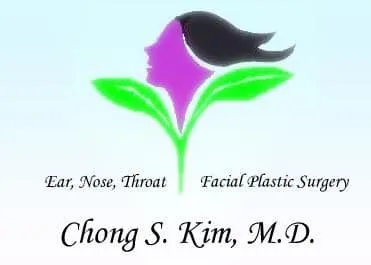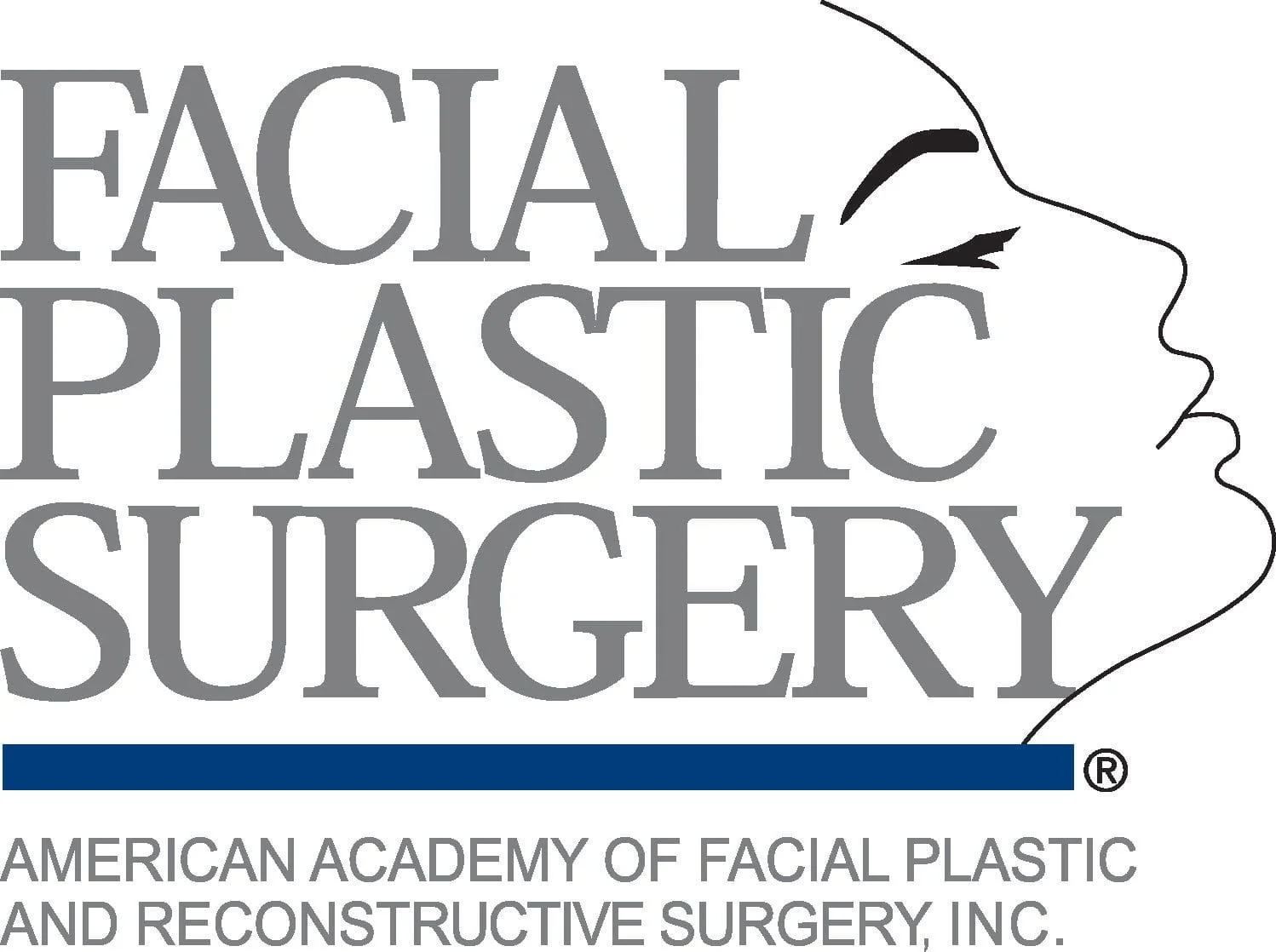Direct Laryngoscopy and Excision of Lesion
Direct laryngoscopy is a frequently performed examination of the pharynx and larynx. It allows the surgeon to examine these structures thoroughly and to take a biopsy from suspicious-looking tissue. The surgeon holds the laryngoscope with one hand and works with the other. In suspension microlaryngoscopy, the laryngoscope is suspended to allow the surgeon to work with both hands. A surgical microscope is used to provide magnification and better visualization. Occasionally, a video camera is attached to the laryngoscope.
This procedure is generally safe and carries very few side effects, other than a sore tongue, gum or lip and very rarely, a chipped tooth. Isolated cases of transient unilateral lingual nerve injury have been reported. These are probably caused by stretching the nerve and seem to recover in two to three months.
If the laryngoscopy is performed for the removal of leukoplakia, vocal cord nodules or polyps, there is a chance that these lesions may recur. They may require another operation, if the original cause ( voice abuse, smoking etc) has not been eliminated, or if voice rest is not observed post-operatively. Occasionally, if the lesion involves a large area of both vocal cords, the operation is performed in two stages, one side at a time.
After Surgery Instruction
1. Strict voice rest for 7 days is very important. This allows proper healing of the vocal cords.
2. You may resume pre-op diet.
3. You may take Tylenol or other over-the-counter pain meds for pain control.
4. Check up following surgery is usually in 1 week. Please make an appointment the day of discharge from the hospital. On the follow up visit, your surgeon will go over the result of biopsy.



